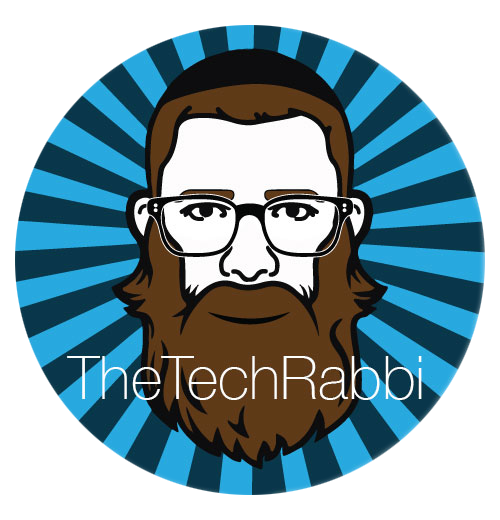The Invisible iPad - Part II
 Invisible Technology in Theory is powerful. Its practical application for educators can be challenging, frustrating, and fill even the most confident learning facilitator with doubt. Invisible Technology empowers its user to be independent, collaborative, and truly shift learning into the 21st century. How do we measure its success? Is there a definitive technology yardstick to build confidence not only in the student, but in the teacher as well? What are our goals and skills we wish our students to acquire, develop, and reflect upon?
Invisible Technology in Theory is powerful. Its practical application for educators can be challenging, frustrating, and fill even the most confident learning facilitator with doubt. Invisible Technology empowers its user to be independent, collaborative, and truly shift learning into the 21st century. How do we measure its success? Is there a definitive technology yardstick to build confidence not only in the student, but in the teacher as well? What are our goals and skills we wish our students to acquire, develop, and reflect upon?
If our goal to create an army of App Savvy iPad Aficionados then we have utterly failed.
We are not trying to create students that successfully use technology, because they don't actually need us for that. We have seen the viral videos of toddlers successfully executing in app purchases on their favorite game, and their digital literacy skills will only increase with their exposure to new technologies. My colleague Yossie Frankel stated it simply that,
We cannot confuse Digital Literacy (ICT) with 21st Century Competencies.
If we do, we rob our students of what we really can offer them, which is the ability to communicate, think critically, collaborate, solve problems, and create dynamic ways of internalizing information and sharing it with others. This is what our place is in 21st century learning. Yes, we will need to support them with certain technology skill building, suach as keyboarding skills, app fluency (Greg Kulowiec), best practices of sharing and store, and the certain nuances of utilizing technology tools, but this isnt a class or a workshop.
Students don't need theoretical workshops, they want hands on action with a purpose.
As I wrote in my previous article, when we teach someone to effectively and properly use traditional tools, our reason is not for the tool itself but for what we are able to achieve. No one gets excited over using a welder, but its ability to connect difference pieces together to create something unique and useful from raw material, is where its value as a tool really shines. Our challenge with technology like the iPad is that it has so many different abilities, that the user is faced with a real dilemma of losing sight of what the tool accomplishes, for the experience of using the tool. Before we even begin to think about how and where we place the iPad in our learning process, we have to concretize our goals, possible challenges, and the planned path of process. If we reach a point during the project and hit a road block, it can be flustered to not have even a rough outline to backtrack to a clear point of success. This all starts with identifying which skills we will need to use. In elementary and middle school, these skills need to be clear and simple so students know that right now they are "collaborating" or "problem solving". We can expect these skills to be sub conscience as adults, but this is not realistic for most students below or even at high school level. At each grade level the following Learning and Innovation Skills can be acquired by students and built upon as they learn and grow.
-
Learning and Innovation Skills (the 7 C’s) + (2 P's)
-
Creativity/Contribution
-
Critical Thinking
-
Communication
-
Collaboration/Cooperation
-
Connection
-
Community
-
Continual Learning
-
Culture
-
Problem Solving
-
Personalized Learning
-
Once our skill sets are assessed, we then can use these skills in our PBL experiences. Bloom's Taxonomy, ISTE 21st Century Standards, UNESCO Competency Framework, are all great sources to teach these foundational skills. Many confuse the SAMR Model as a way to learn. The SAMR Model, is not viable method for learning. Its success is in measuring and assessing effective use of technology in our learning.The challenge for educators, especially Directors of Educational Technology, Innovation, etc. is that we need to not limit how our teachers teach, but to focus on the foundational skills, and provide a clear and concrete formula for how different technological devices and applications will enhance these skills and give a learner the ability to create a product that will change the world.How to translate this vision to a tangible process is a challenge. In the next few weeks I will be featuring guest articles from faculty members that have successfully integrated technology into learning.Im having trouble locating the iPad though, must be that invisible thing.
